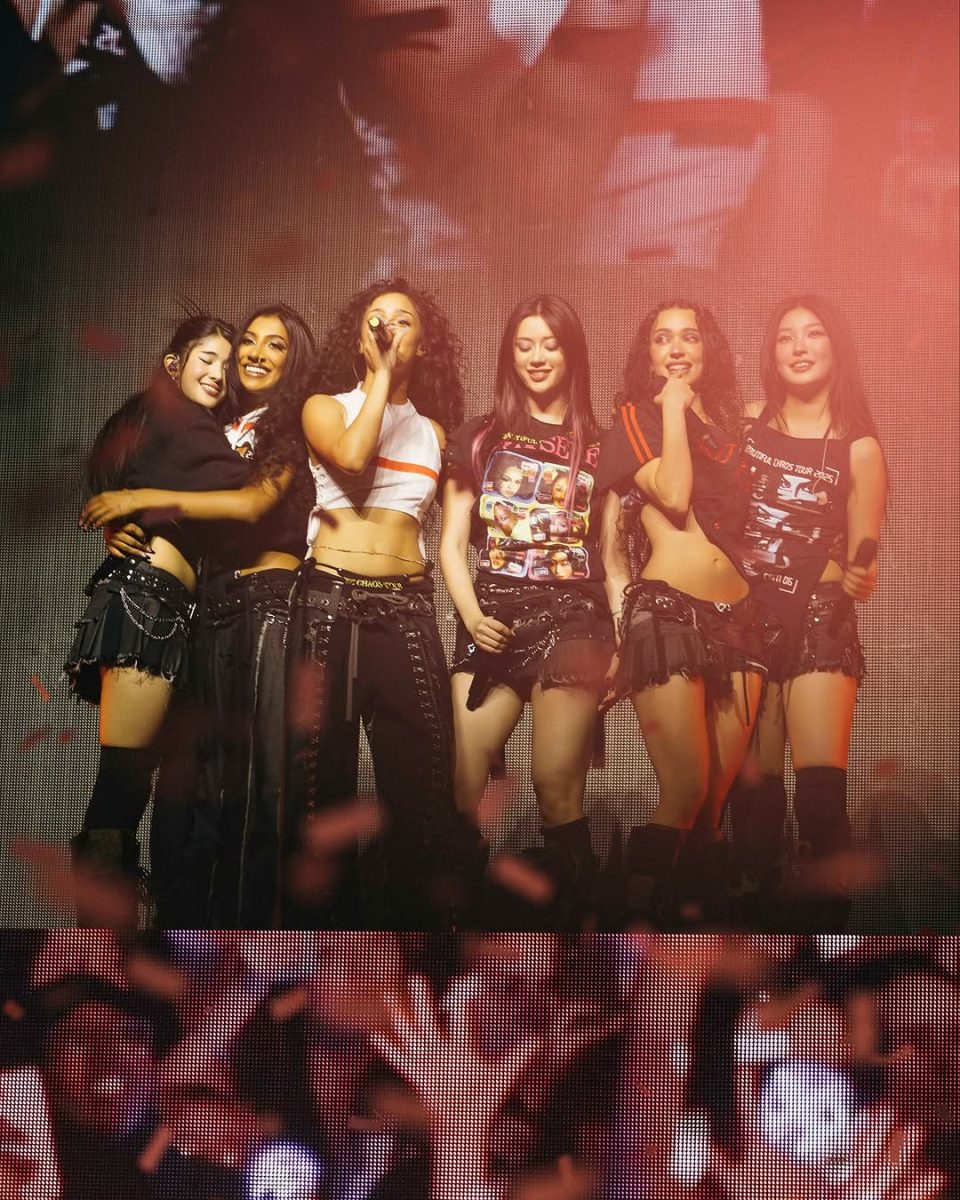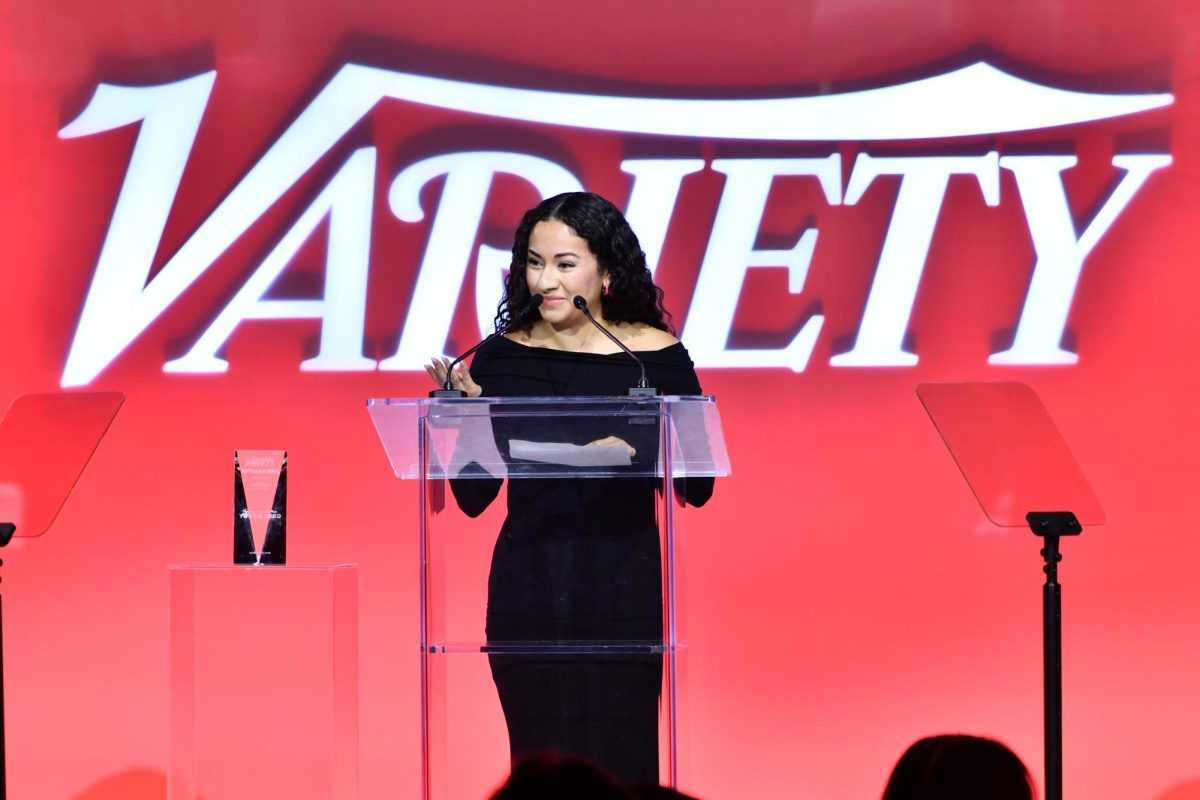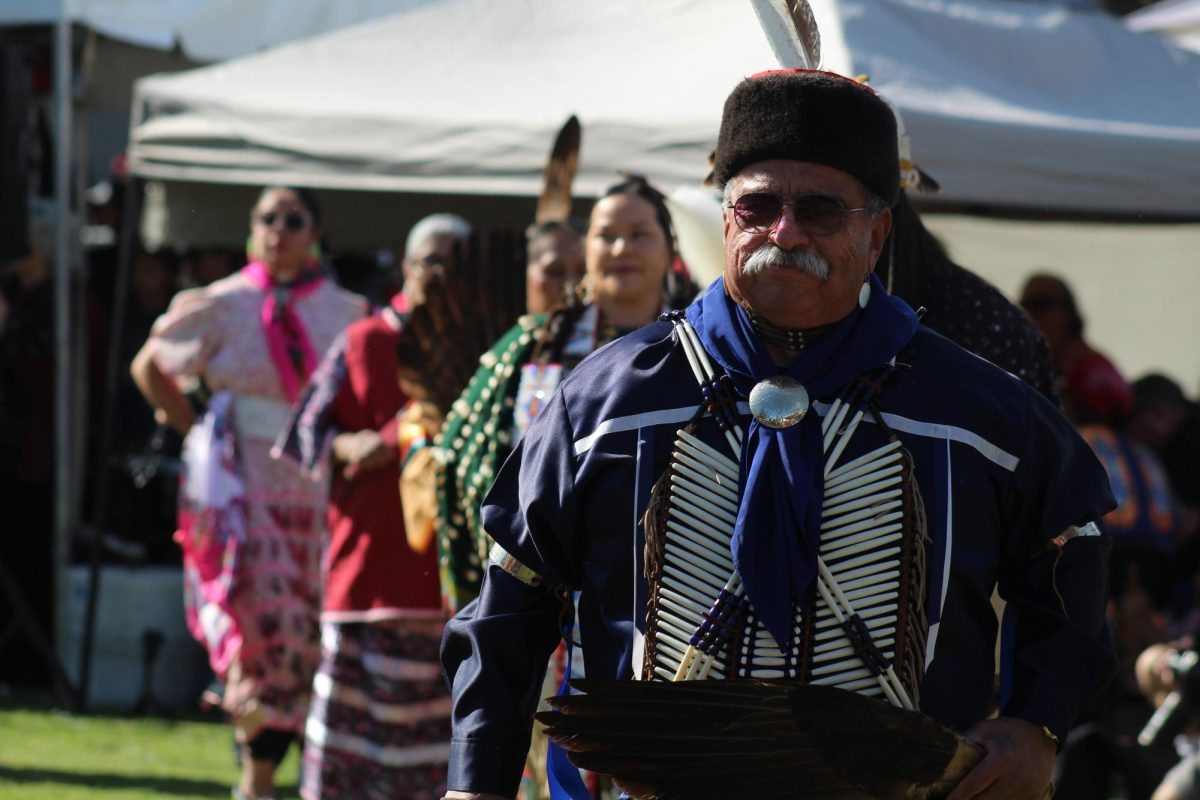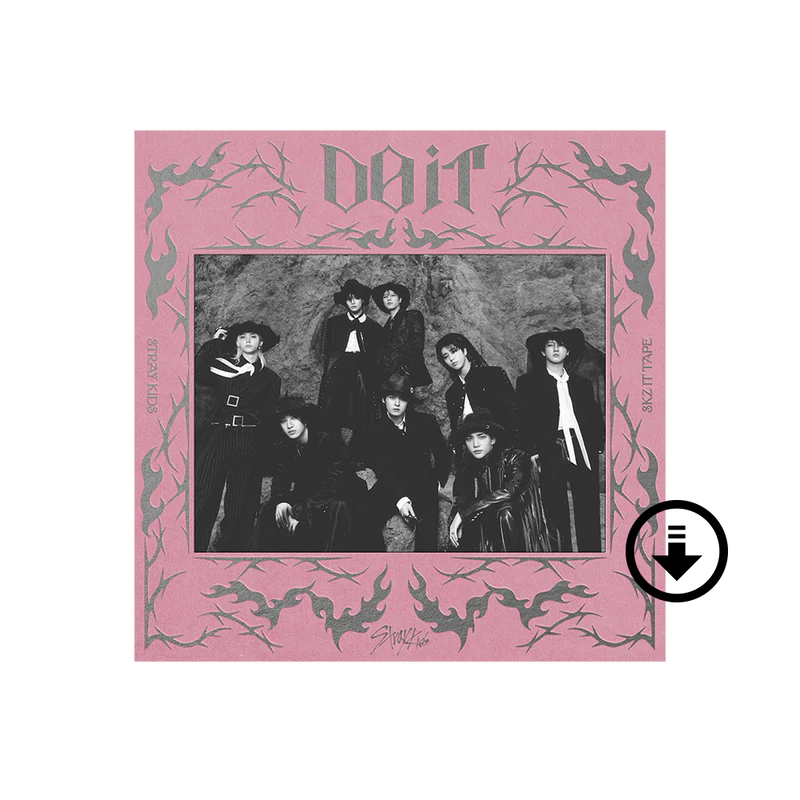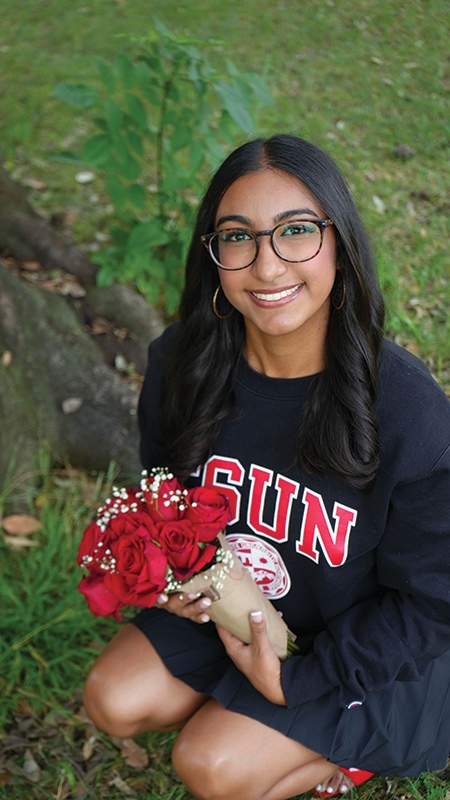Imagination has no limits, especially in literature. Debbie Ma has constructed her life as a mother and educator, never once hiding her love for reading. Ma is a psychology professor at CSUN in constant engagement with high-achieving students in the General Education Honors program.
As an undergraduate, Ma studied English. She received her graduate degree in literature from the University at Buffalo in 2004. Ma expressed the difficult transition from English to psychology.
“I decided to switch because psychology offered more solutions to problems I was interested in,” Ma said.
Her fixation was always on marginalized voices, countering the numerous reading requirements of Western white writers. Nevertheless, she found solace in the unorthodox. From literary classics to Robert Sapolsky, Ma encourages students to give the following reads a try.
“Frankenstein” by Mary Shelley
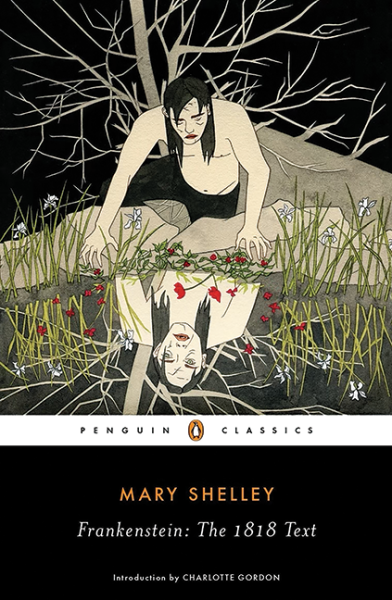 This fiction novel introduces the character of Victor Frankenstein, a young scientist consumed by a desire to piece a monster together, blurring the ethical line.
This fiction novel introduces the character of Victor Frankenstein, a young scientist consumed by a desire to piece a monster together, blurring the ethical line.
“I like Mary Shelley’s ‘Frankenstein’ a lot,” Ma said. “That was one of the first books that I really fell in love with reading.”
For Ma, the nameless monster represents marginalized voices like her own. Like the monster, Ma felt like an outsider and often lonesome throughout her time at college.
“I identify with this character because my parents immigrated here from China, but we grew up in a predominantly Latino neighborhood,” Ma said. “Then I went to a very, very white college, so I just kind of remember always being a little bit on the outside.”
“Pride and Prejudice” by Jane Austen
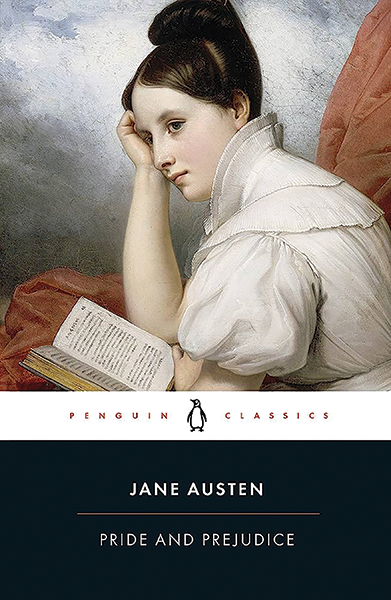 “My favorite novel is ‘Pride and Prejudice’ by Austen,” said Ma.
“My favorite novel is ‘Pride and Prejudice’ by Austen,” said Ma.
This fiction novel is driven by the character of Elizabeth Bennet. Bennet’s free spirit is faced with a societal expectation of marriage, her socioeconomic familial standing, and romantic perplexity towards Fitzwilliam Darcy Esquire, referred to as Mr. Darcy.
Ma expressed that having a female protagonist who sought experiences different from what her sisters were being prescribed was ahead of its time.
“Behave” by Robert Sapolsky
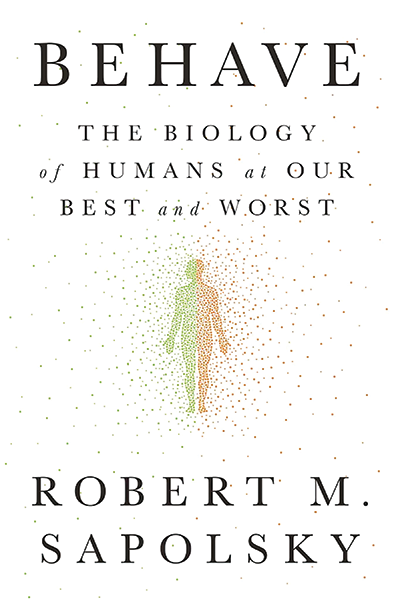
“For nonfiction, I really love to teach ‘Behave’ by Sapolsky in my G.E. Honors Psychology 150 course,” explained Ma.
From cellular to developmental, “Behave” breaks down a single behavior into multiple perspectives. The end goal is to identify what factors, such as social situations or personalities, lead to particular behaviors.
The technicality of neurons and brain structure has little to do with Ma’s appreciation of this book.
“I just think it’s so cool to take one thing and look at it from lots of different levels of analysis, and lots of different perspectives and disciplines, “ explained Ma. This book leads her class to a final discussion on free will, allowing students to take in different perspectives.
As a final note, Ma advises students to join a book club. The anxiety of college socialization can be overbearing, but Ma encourages healthy doses.
“There are so many books that have united people, like ‘Harry Potter’ and ‘Twilight.’ If you can, find people who are interested in the same things,” said Ma.





